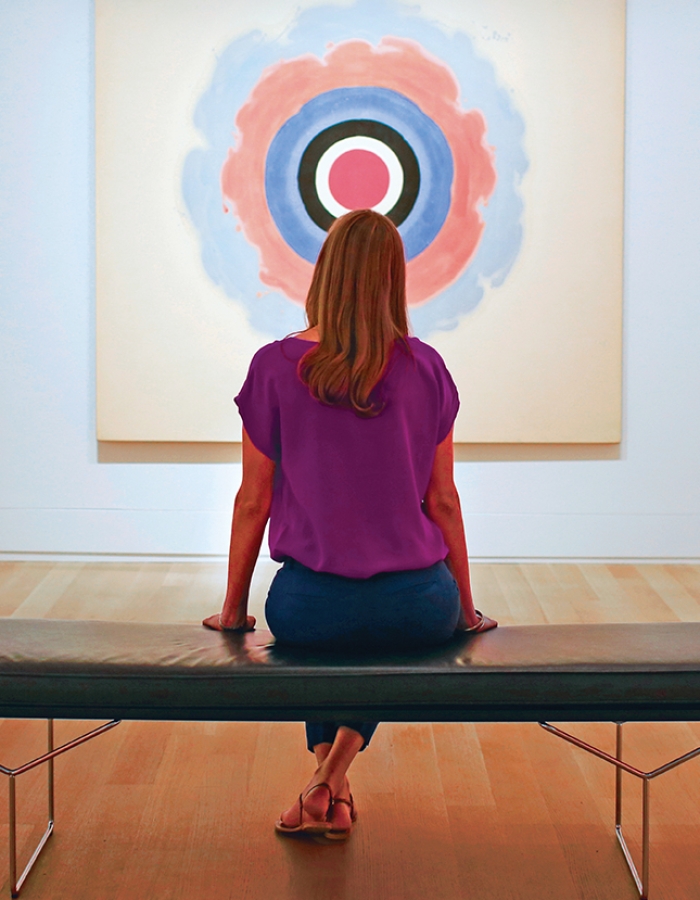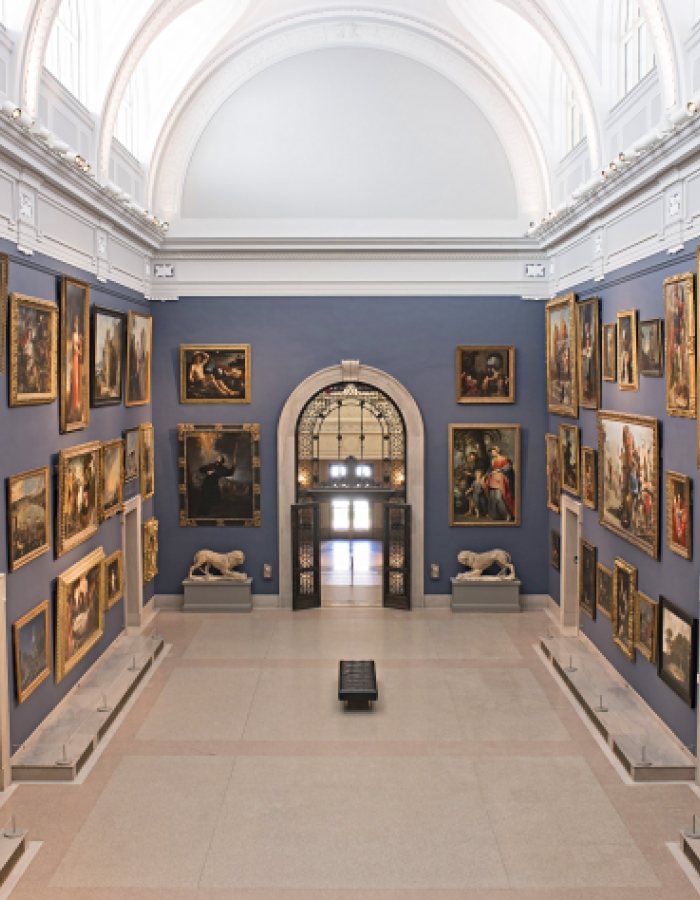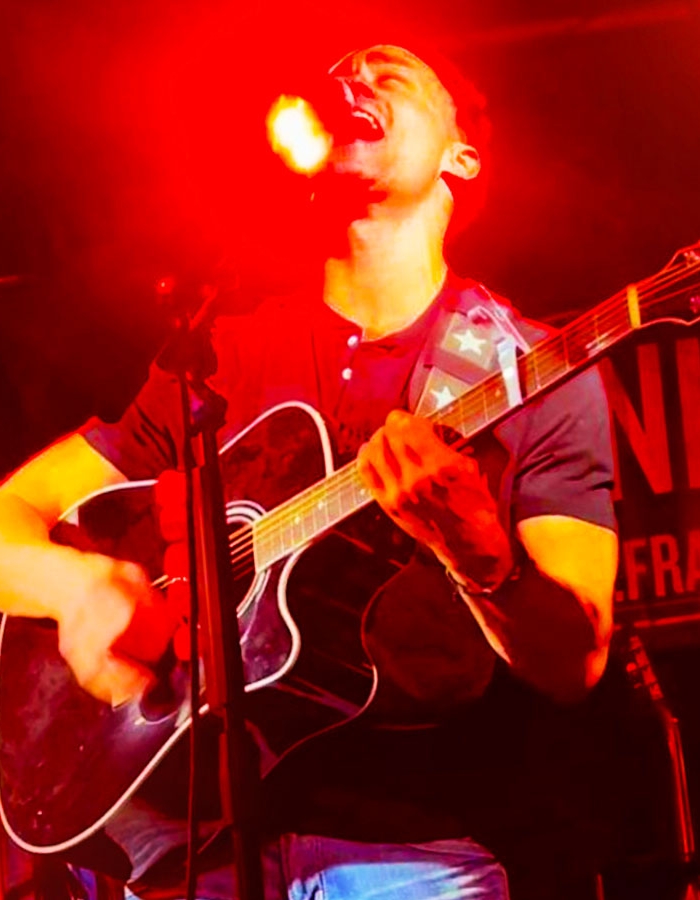Un recorrido arquitectónico por Connecticut
última actualización: November 2025
Desde edificios históricos hasta obras artísticas, desde estructuras únicas hasta creaciones célebres de arquitectos de renombre, descubrirá un sinfín de lugares fascinantes en un recorrido por el diverso legado arquitectónico de Connecticut. Algunas paradas de este recorrido son casas, otras son museos, bibliotecas, ayuntamientos e incluso una iglesia. Pero si aprecia el diseño y la originalidad, encontrará que cada lugar posee un estilo, un encanto y una historia propios.
¿Te interesa conocer más sobre la arquitectura de Connecticut? Consulta Preservation in Action , un libro que lleva a los lectores a un recorrido único por edificios históricos exquisitamente conservados, documentados e ilustrados.
Museo Barnum, Bridgeport
Diseñado por el propio P.T. Barnum, el edificio que hoy alberga su museo fue concebido para albergar las actividades de la Sociedad Científica de Bridgeport. Finalizado en 1893, su arquitectura presenta influencias bizantinas y románicas, y su fachada original está cubierta de elaborados diseños, incluyendo bustos y relieves que representan a un nativo americano, a Cristóbal Colón, a George Washington e incluso a Grover Cleveland. Actualmente, el histórico edificio se encuentra cerrado al público mientras se lleva a cabo una exhaustiva restauración; por lo tanto, todas las visitas guiadas están canceladas.
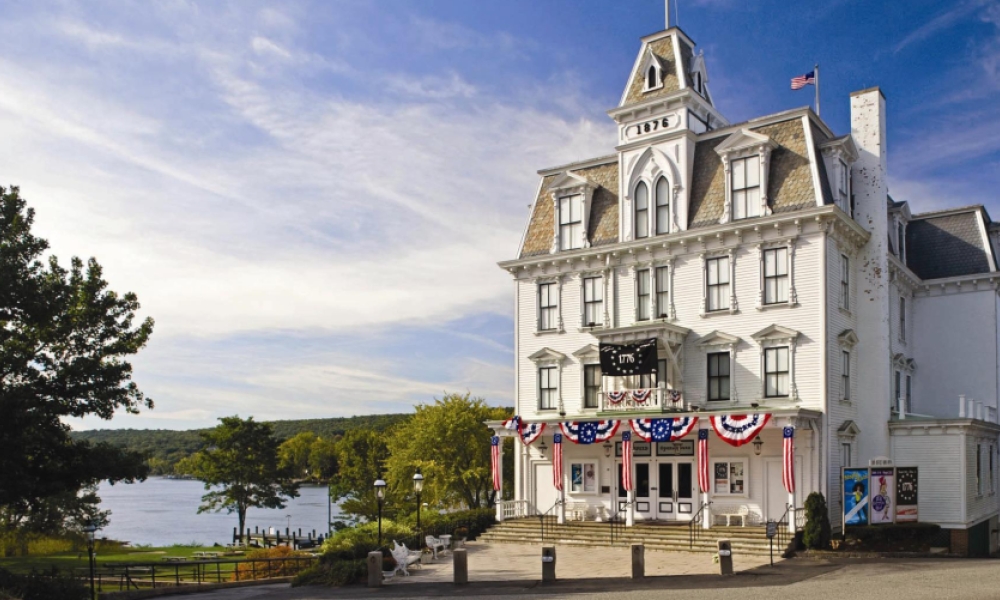
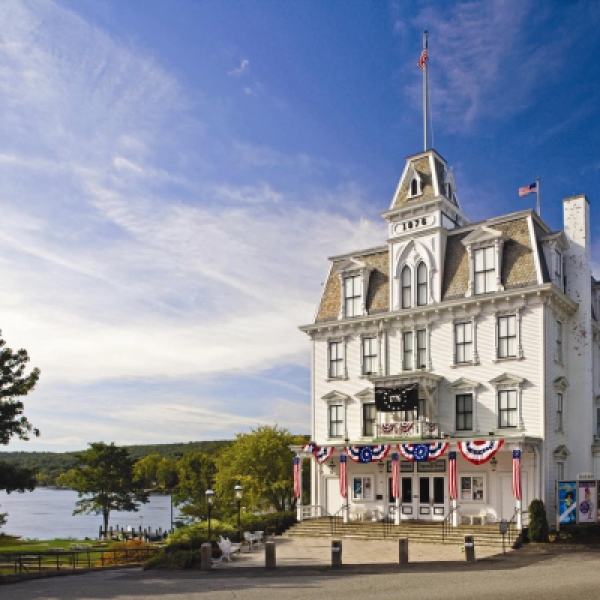
Teatro de la Ópera Goodspeed, East Haddam
Desde su privilegiada ubicación a orillas del río Connecticut, junto a uno de los puentes giratorios más antiguos del país que aún se conservan en funcionamiento, el Teatro de la Ópera Goodspeed fue construido por William Goodspeed, un comerciante y banquero local. Una de las estructuras más emblemáticas e inolvidables de Connecticut, fue construida en estilo Segundo Imperio en 1876 y ha albergado cientos de representaciones teatrales, incluyendo los estrenos de musicales tan conocidos como El hombre de La Mancha , Annie y Shenandoah . No se pierda una función durante la temporada.
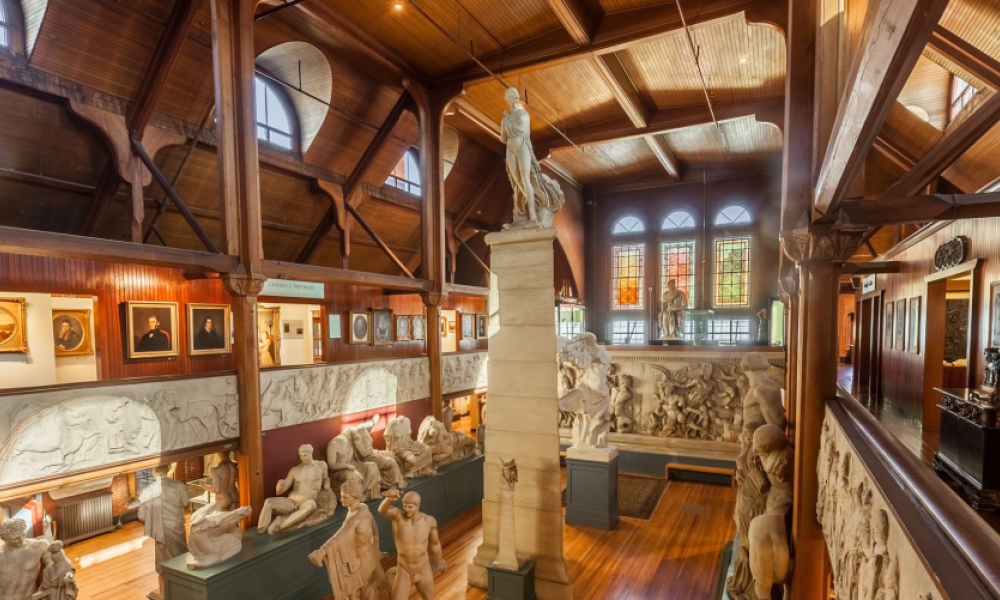

Museo Memorial Slater, Norwich
Construido en estilo neorrománico en 1885, el Museo Conmemorativo Slater pronto se convirtió en sede de una colección de reproducciones en yeso que ofrecieron a los lugareños acceso a algunas de las esculturas clásicas más valiosas del mundo. Hoy en día, aún se pueden visitar estas reproducciones y descubrir su fascinante historia, junto con otras exposiciones cautivadoras. Y ya que está en Norwich, ¡no se pierda el ayuntamiento, construido en 1870 en estilo Segundo Imperio y declarado Monumento Histórico Nacional!
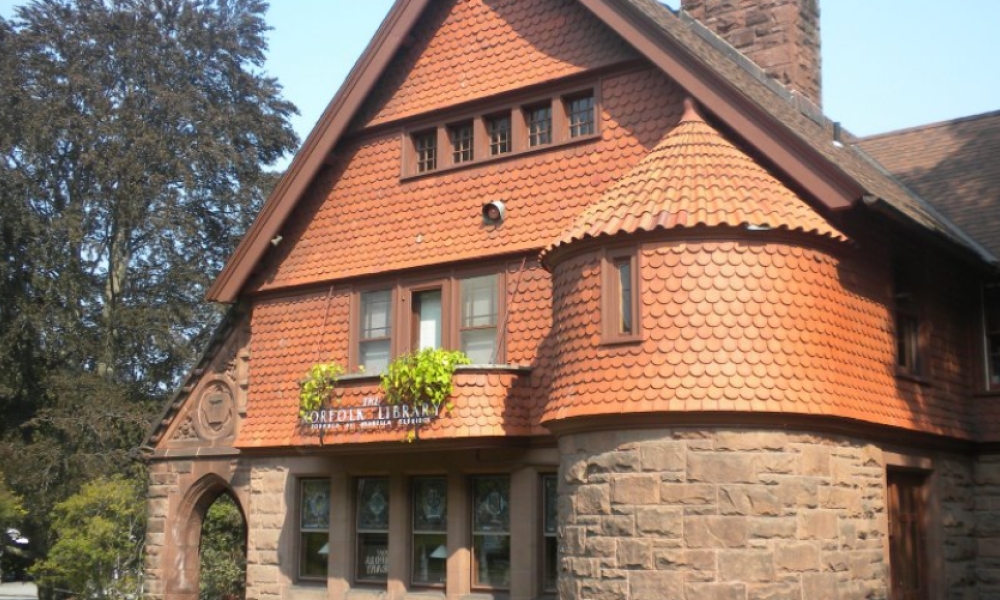
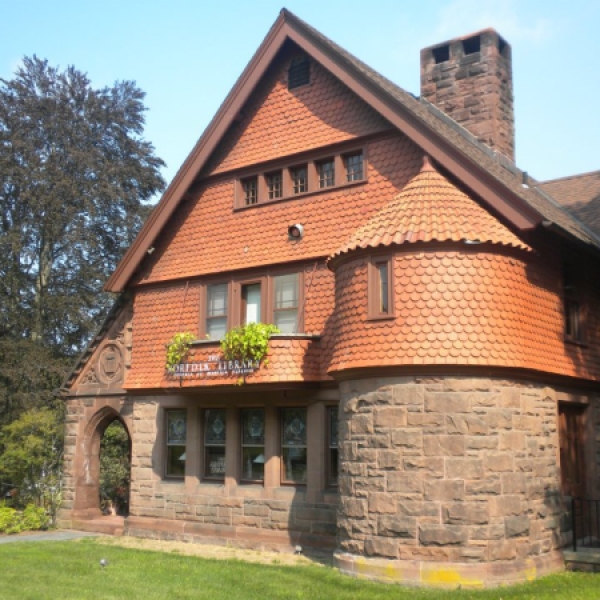
Biblioteca de Norfolk, Norfolk
Enclavada en el extremo noroeste de Connecticut, la Biblioteca de Norfolk fue construida y donada a la ciudad de Norfolk por Isabella Eldridge en 1889. Construida en el estilo Shingle de la escuela arquitectónica de Nueva Inglaterra, evidente por sus tejas en forma de escamas de pez, fue diseñada por George Keller, un arquitecto conocido por sus monumentos de guerra, incluido el Arco Memorial de Soldados y Marineros de Hartford.
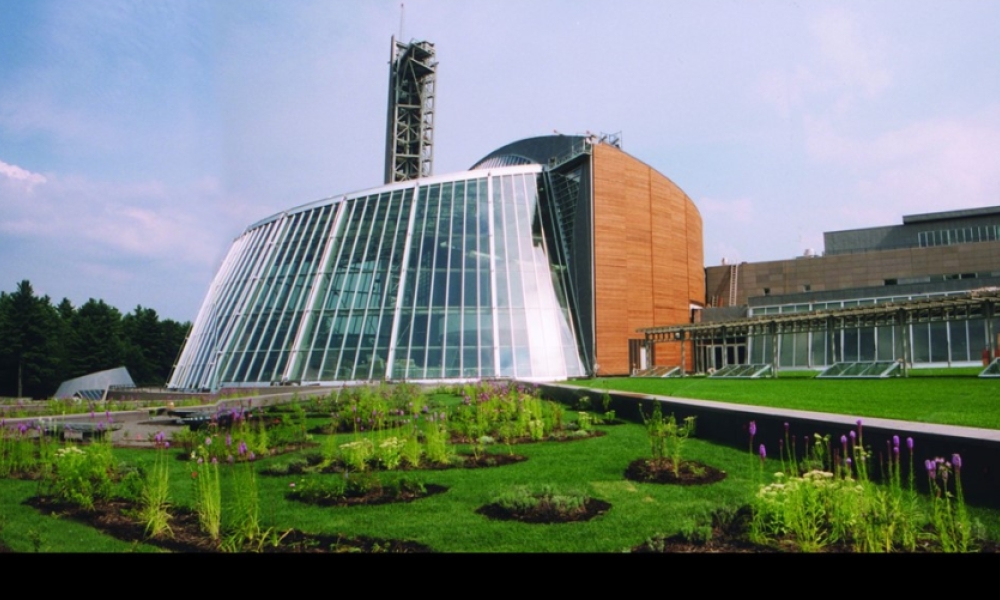
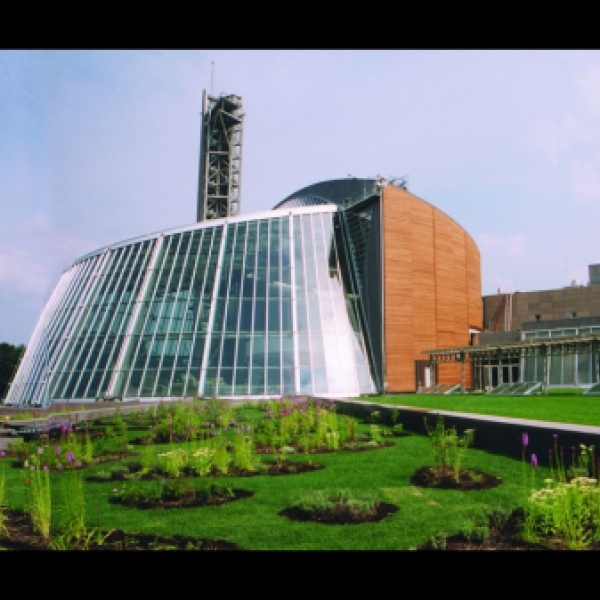
Museo Mashantucket Pequot, Mashantucket
Con un diseño que interactúa con su entorno y una torre de 56 metros que ofrece vistas panorámicas del paisaje, esta institución educativa sin fines de lucro da vida a la historia de la Nación Tribal Mashantucket Pequot. Mediante dioramas multisensoriales, exhibiciones y muestras interactivas, el Centro se erige como un recurso fundamental sobre la historia y la cultura de los pueblos nativos americanos del noreste y sobre la rica historia natural de la región.

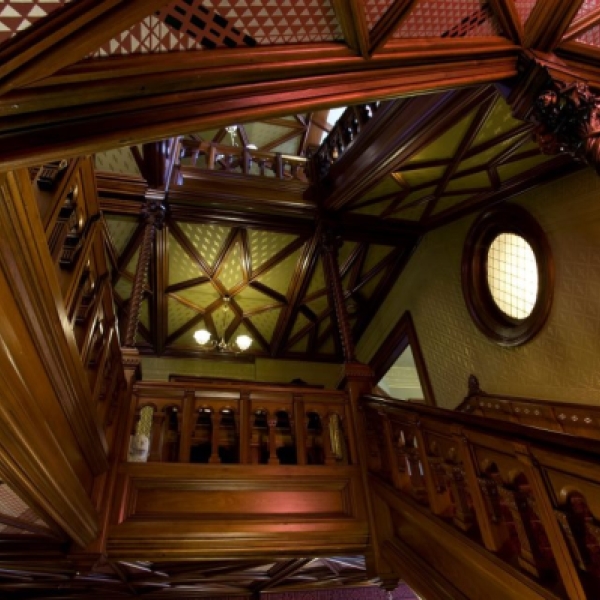
Casa de Mark Twain, Hartford
Otro personaje célebre de Estados Unidos, el escritor Mark Twain, residía en Hartford, Connecticut. Construida en estilo neogótico americano, inspirado en la arquitectura victoriana, se rumoreaba que la casa se había pagado con la herencia de su esposa. A pesar de las renovaciones realizadas a lo largo de los años, la casa aún conserva muebles y detalles interiores originales de la época de Twain.
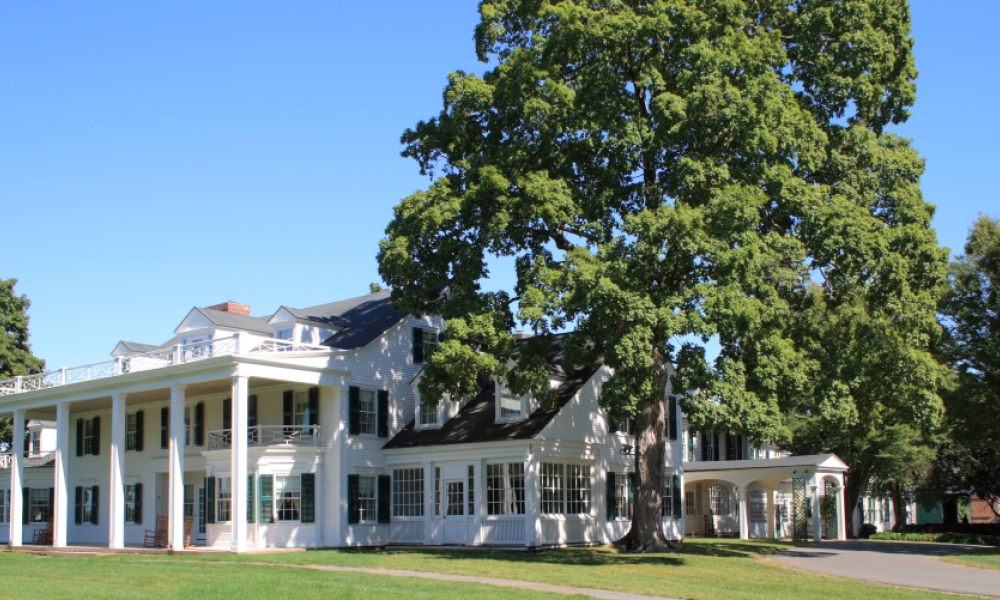
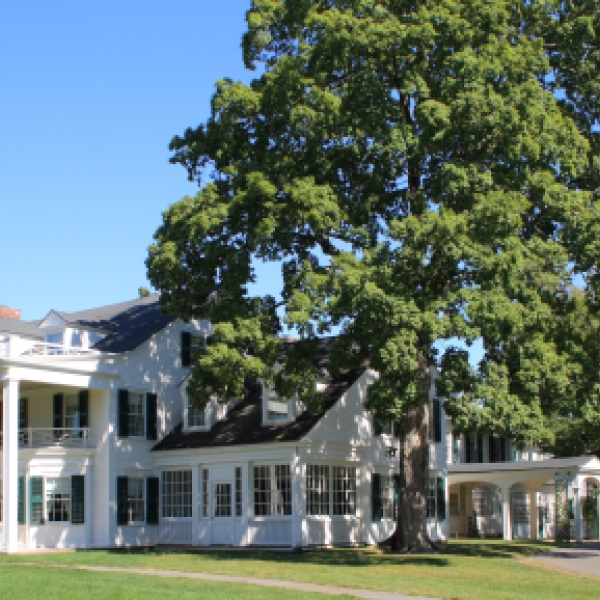
Hill-Stead, Farmington
Aunque hoy en día esta mansión y sus hermosos jardines albergan obras de arte y espectáculos culturales, posee una historia fascinante. Diseñada por Theodate Pope, quien más tarde se convertiría en una de las primeras arquitectas licenciadas del país, como residencia familiar, Hill-Stead se construyó en estilo neocolonial en 1901, con la adición de edificios y elementos a lo largo de la primera mitad del siglo XX. Entre los huéspedes de Hill-Stead figuraban los artistas, inventores y autores más célebres de su época, y en 1913 se encontraron restos de un dinosaurio en la propiedad.
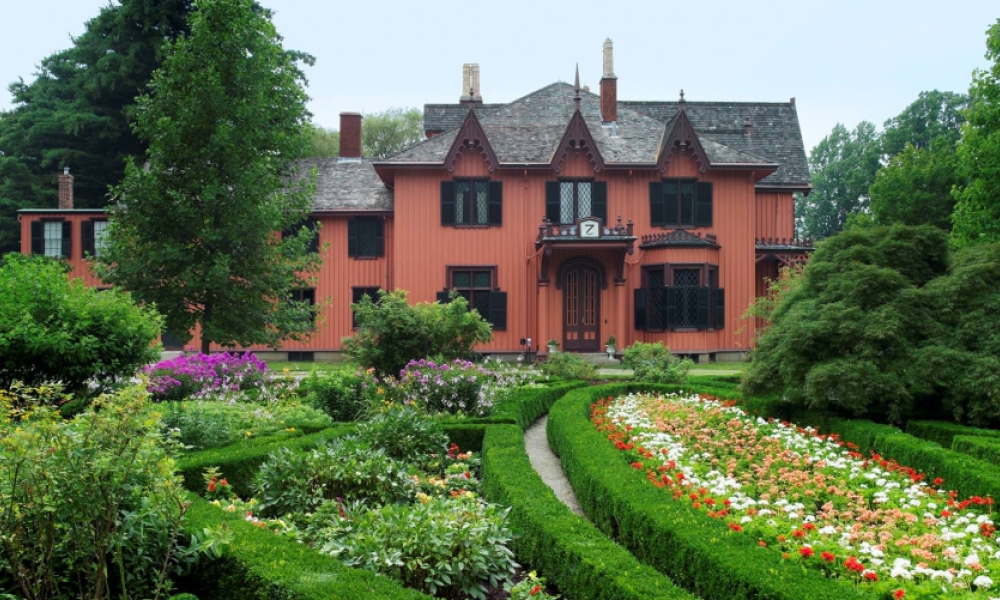

Roseland Cottage, Woodstock
Construida como residencia de verano en 1846, esta casa de estilo neogótico es famosa por su fachada rosa. En su interior, su elegante mobiliario victoriano no se queda atrás en colorido, y entre sus numerosas habitaciones se encuentra la bolera más antigua del país que aún se conserva. En verano, los jardines se convierten en una extensión de la casa, ofreciendo un colorido despliegue de detalles y rincones perfectos para hacer picnic.
Biblioteca Beinecke, New Haven
Conocida como la Biblioteca Beinecke de Libros Raros y Manuscritos, esta edificación es sin duda una joya. Si bien se encuentra en el prestigioso campus de la Universidad de Yale y funciona como archivo de la Biblioteca de dicha universidad, construida en 1701, la Biblioteca Beinecke se terminó de construir en 1963 y ostenta un icónico diseño modernista de mediados del siglo XX. En su interior, podrá pasear entre interminables pilas de libros, documentos archivados y manuscritos, incluyendo una valiosa Biblia de Gutenberg.


Primera Iglesia Presbiteriana (Iglesia Fish), Stamford
Aunque este edificio es un templo y no una atracción turística propiamente dicha, los visitantes descubrirán que es una de las estructuras más fascinantes de Connecticut, tanto por dentro como por fuera. Diseñado con forma de pez, este santuario de estilo modernista fue inaugurado en 1958 y cuenta con vidrieras con más de 20 000 facetas. Se ruega visitarlo con respeto.
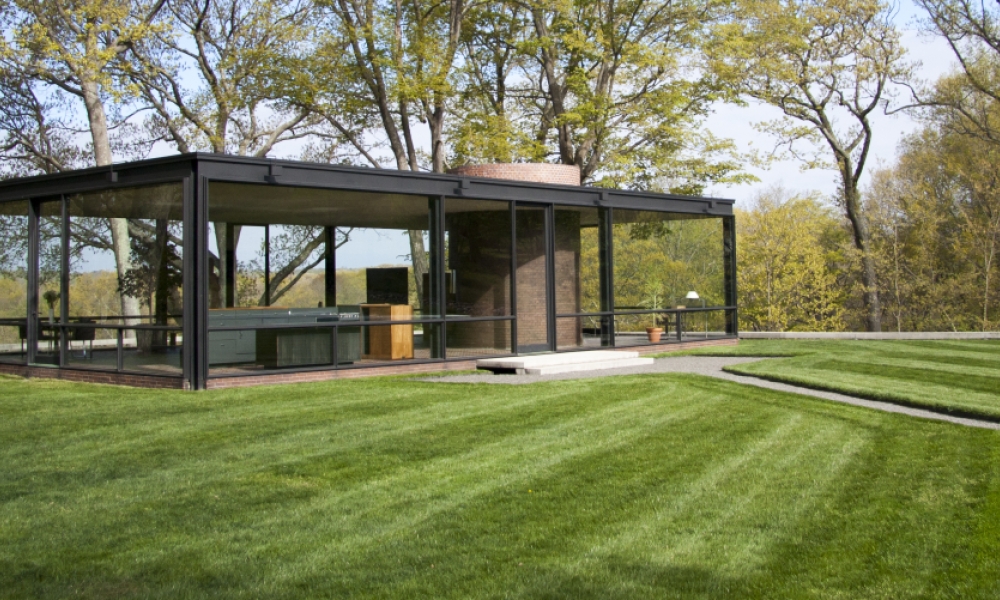
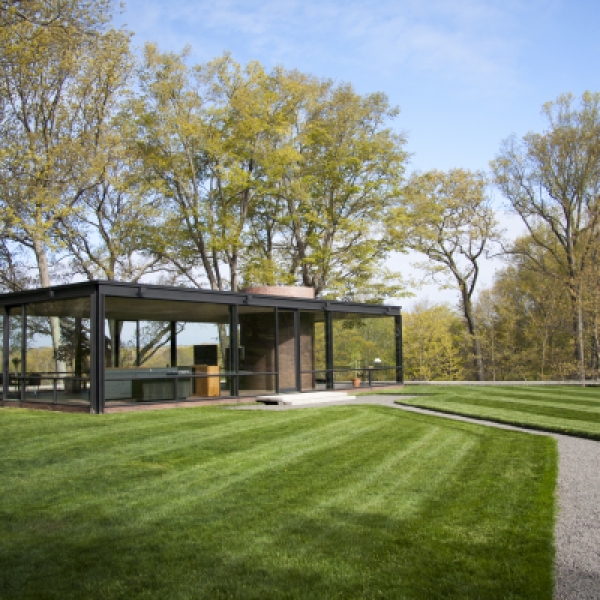
La Casa de Cristal, Nueva Canaán
La Casa de Cristal de New Canaan fue construida en 1949 por el arquitecto Philip Johnson para ser su propia residencia. De inspiración modernista, fue una de las primeras casas en utilizar materiales industriales en su diseño. La casa y su entorno también albergan numerosas obras de arte.
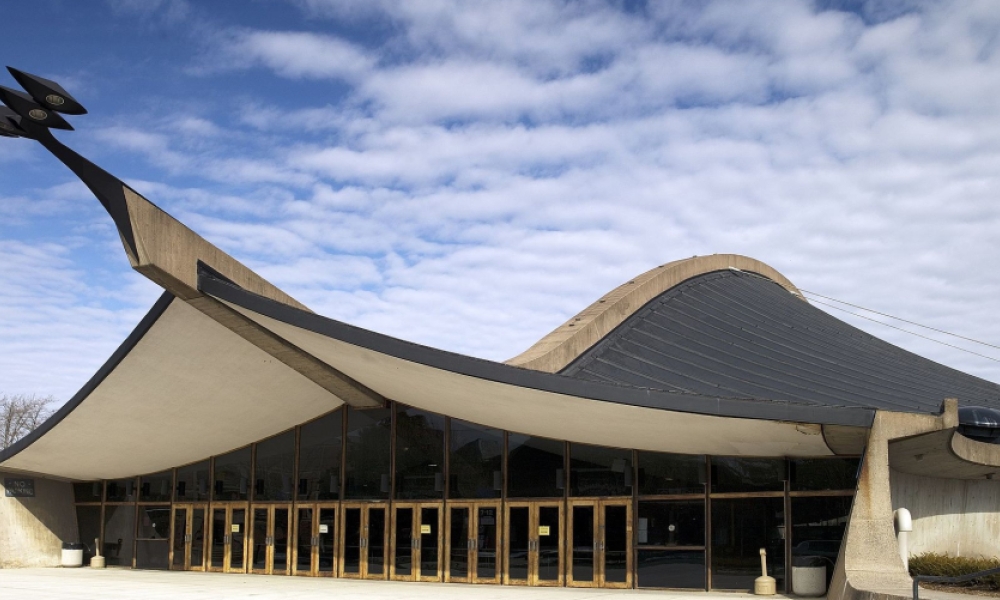
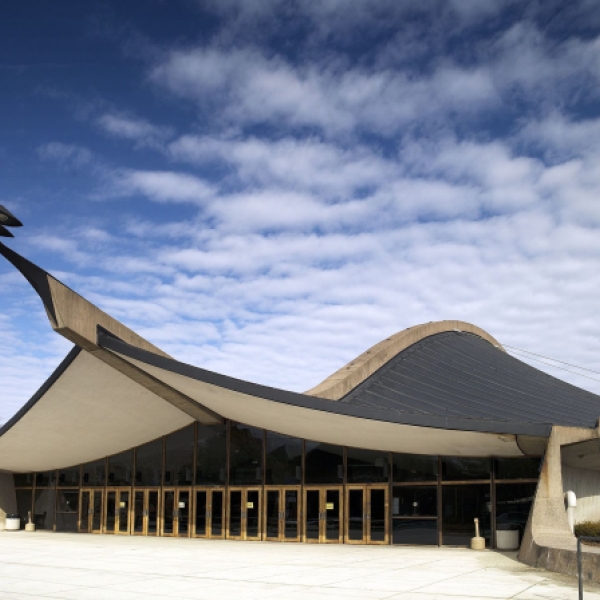
Pista de patinaje Ingalls, New Haven
Conocida como «la Ballena» por su característico techo arqueado, la pista de hielo Ingalls, en el campus de la Universidad de Yale, fue diseñada en 1958 por el célebre arquitecto Eero Saarinen, graduado de Yale y autor también del Arco de San Luis, entre otros monumentos. El techo está sostenido por una estructura de 91 metros de largo y la pista tiene capacidad para 3500 aficionados en un partido de hockey de los Bulldogs.
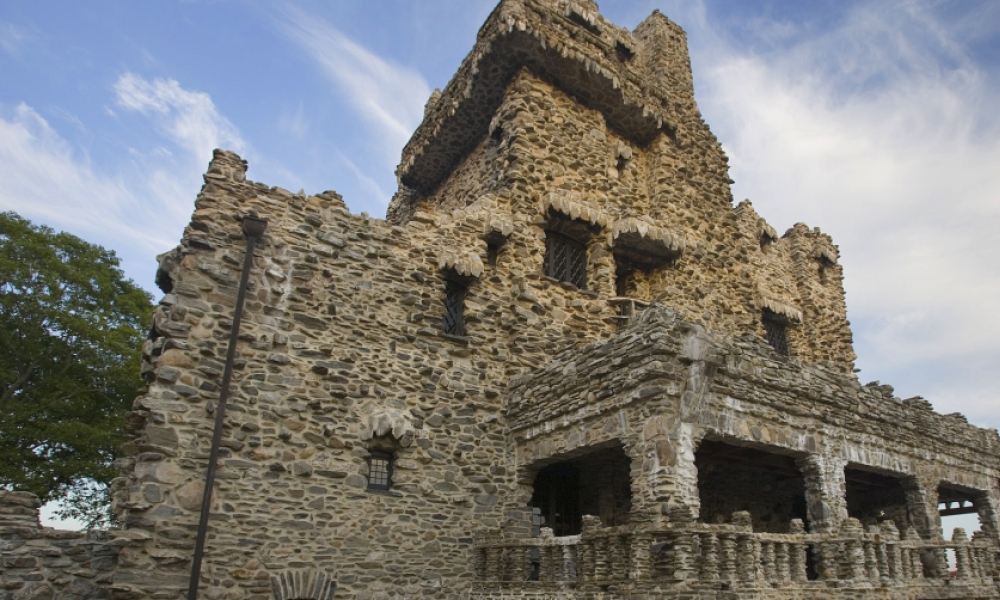
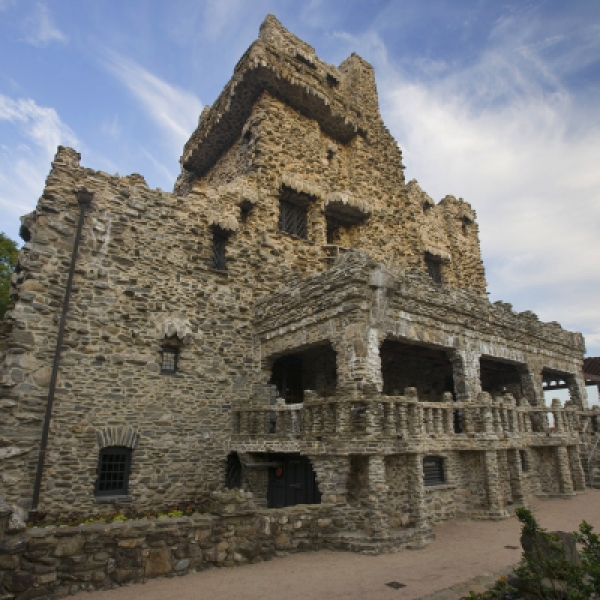
Castillo Gillette, East Haddam
A veces confundido con un antiguo castillo o una fortaleza medieval por su privilegiada ubicación sobre el río Connecticut, el Castillo Gillette es en realidad una construcción de principios del siglo XX. Erigido por William Gillette, el famoso actor conocido por su papel de Sherlock Holmes, esta mansión de veinticuatro habitaciones se encuentra en una finca de 74 hectáreas que hoy en día es el Parque Estatal del Castillo Gillette, y cuenta con detalles fascinantes tanto en su interior como en su exterior.
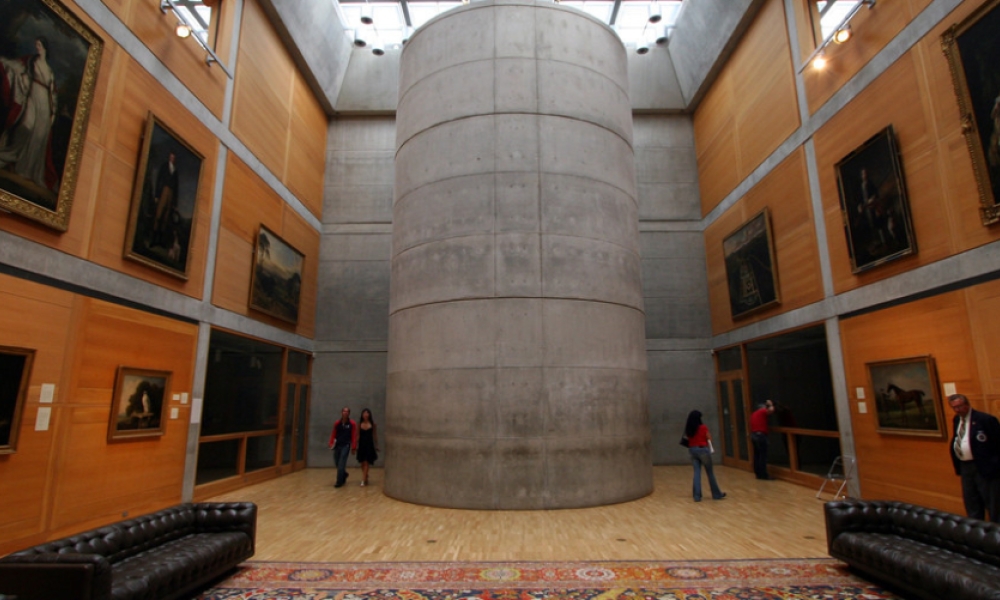
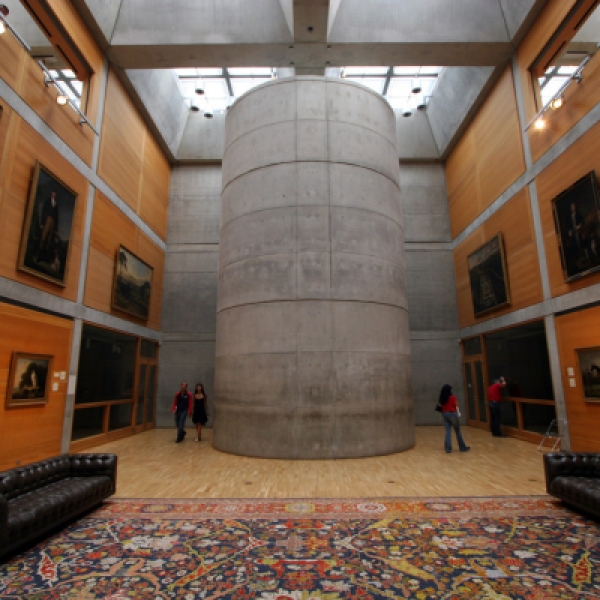
Centro Yale de Arte Británico, New Haven
Ubicado en un extraordinario y aclamado edificio diseñado por el célebre arquitecto Louis I. Kahn, el Centro de Arte Británico de Yale alberga la colección de arte británico más grande y completa fuera del Reino Unido. El diseño del edificio, sus materiales y las salas con luz natural se combinan para brindar un entorno sencillo y elegante a las obras de arte.
Entrega especial

Connecticut, entregada al alcance de su mano
Comparte tu dirección de correo electrónico para recibir nuestro boletín gratuito y ser el primero en ver las últimas ofertas de viajes, atracciones y noticias de CTvisit.com!










